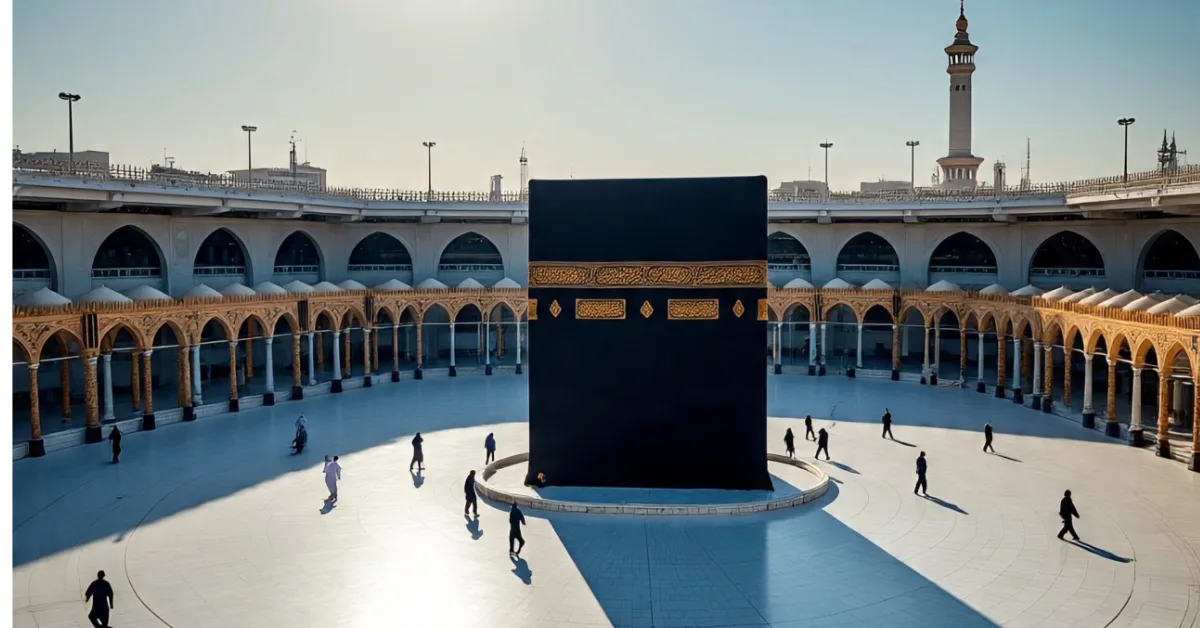Hajj 2025 witnessed the lowest turnout in over 30 years, raising questions about shifting global dynamics, rising costs, and regional policies.
As one of Islam’s five pillars, Hajj holds immense spiritual importance for Muslims worldwide. But this year’s numbers fell well below expectations, making it a historic low point in modern pilgrimage history.
Multiple Factors Behind the Drop
According to data released by the Saudi Ministry of Hajj and Umrah, fewer than 1.2 million pilgrims performed Hajj in 2025 — a sharp decline compared to the pre-pandemic peak of over 2.5 million in 2019. This marked the smallest gathering since the early 1990s, excluding pandemic-affected years.
Several key reasons contributed to this decline:
-
Rising Costs: The cost of performing Hajj has continued to increase due to inflation, currency devaluation in several Muslim countries, and higher fees for accommodations, travel, and services. For many, especially in developing countries, Hajj has become financially out of reach.
-
Quota Reductions: In an attempt to improve crowd management and ensure safety, Saudi authorities reduced Hajj quotas for several countries. New regulations, including age restrictions and health documentation requirements, further limited participation.
-
Political and Diplomatic Barriers: Geopolitical tensions also played a role. In some cases, strained diplomatic relations between certain nations and Saudi Arabia affected pilgrim flow. Countries like Iran and parts of Africa reported significantly reduced official delegations.
-
Travel and Visa Challenges: Post-COVID travel complexities, including delays in visa processing and limited flight availability, discouraged many from making the journey. Pilgrims from countries with weaker passport rankings faced additional hurdles.
Looking Ahead
Saudi Arabia has invested heavily in expanding Hajj infrastructure, including the Makkah Metro and additional accommodations in Mina and Arafat.
However, experts say more transparent pricing, regional cooperation, and financial support mechanisms will be key to restoring participation in the coming years.
Despite the lower attendance, Hajj 2025 concluded without major incidents. Saudi officials emphasized the success of crowd control, healthcare services, and logistical arrangements a sign that while numbers may have dropped, operational capacity has remained strong.
As the global Muslim population continues to grow, the Kingdom faces a complex challenge: balancing accessibility with safety and sustainability.
Whether attendance rebounds in 2026 will depend not only on policy shifts but also on the economic realities millions of would-be pilgrims face.

